
Eastern Giant Swallowtail (Papilio cresphontes) on Bottlebrush
Welcome to my butterfly pictures page. I believe I have accurately identified the various butterflies here, but I would always appreciate confirmation or corrections. You can contact me here. See also Texas Hill Country Birds! and Starry Nights pictures. I now have a page dedicated to Texas Hill Country Butterflies, and one for extreme butterfly close-ups. Sulphurs (sulfurs), Queens, Gulf Fritillaries, Monarchs, and Swallowtails have their own pages. I now have some moth pictures too!

Backyard, August 27, 2016. This guy was huge and certainly earns it's name. Here's the bugguide link. "Often cited as the largest butterfly in the United States and Canada. However, the Two-tailed Swallowtail (Papilio multicaudata) averages larger." Details: 1/1000s at f9, ISO 1000, Nikon D750 and Nikon 200mm macro lens. More Swallowtail butterfly pictures are here.
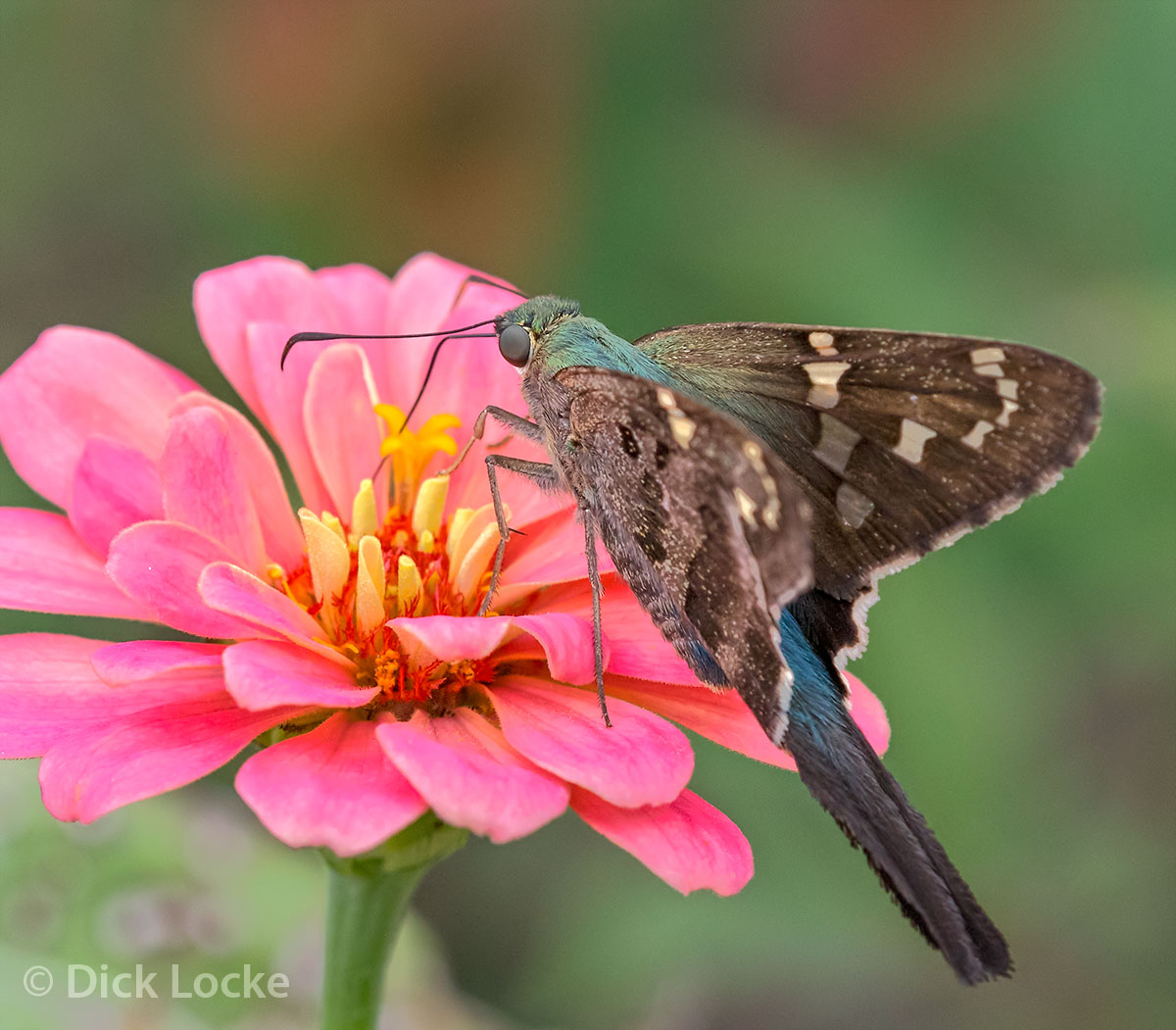
Back yard, October 2016. Bugguide link.
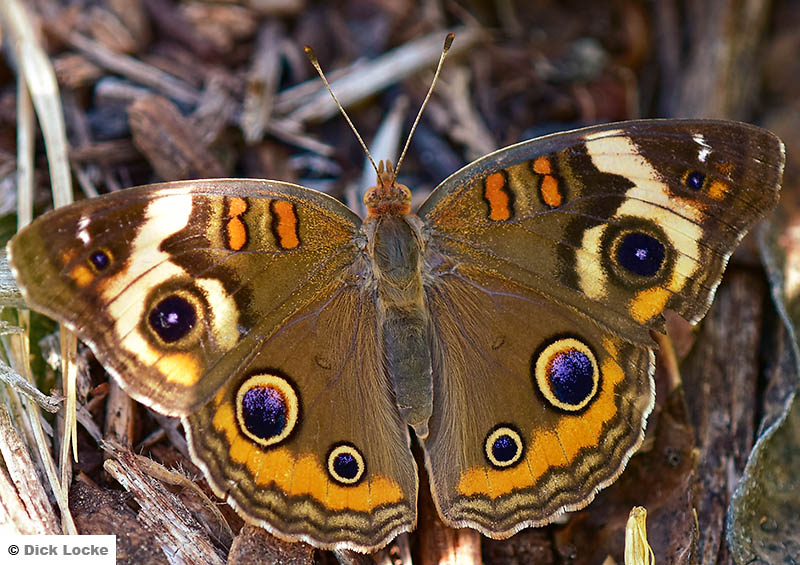
Nikon D810A, 200mm macro lens, f5.6, 1/320s at ISO 500. The above is a much better Buckeye picture than this old Buckeye  checking out out my wiring in the Davis Mountains. Gil advises it's a "Common Buckeye, Junonia coenia"
checking out out my wiring in the Davis Mountains. Gil advises it's a "Common Buckeye, Junonia coenia"
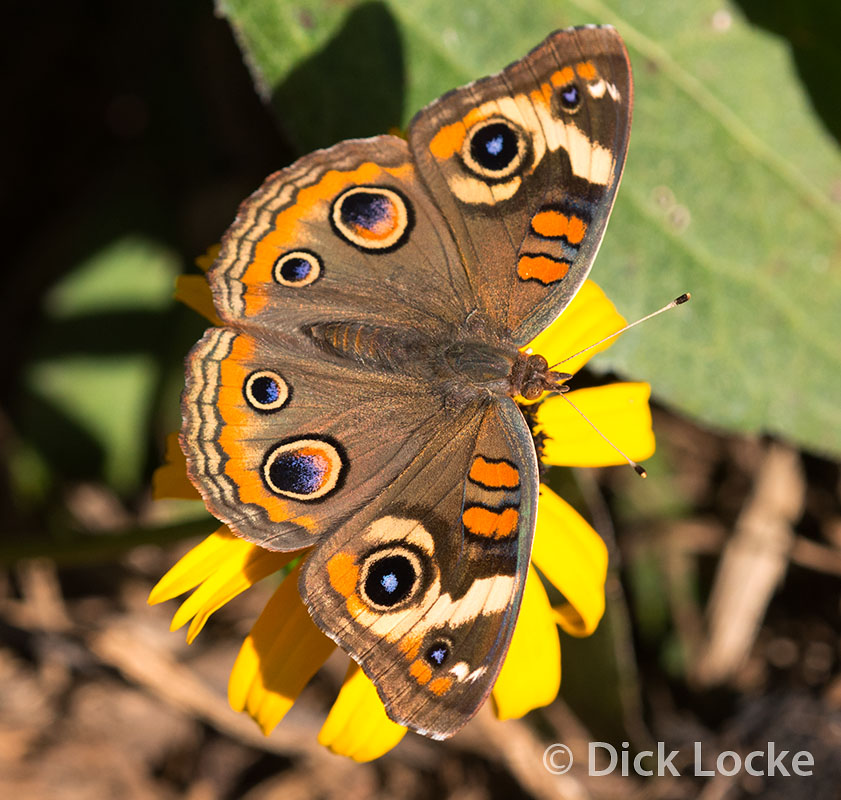
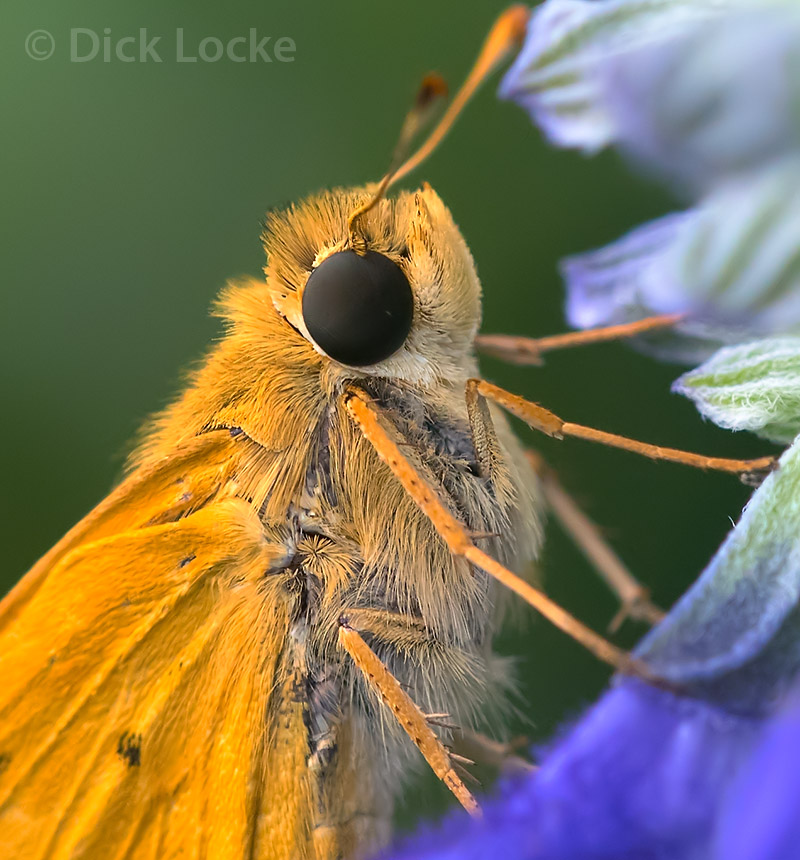
Fiery Skipper - Hodges#4013 (Hylephila phyleus) per BugGuide. This is from the back yard, July 2017. Nikon D750, Nikon 200mm macro lens, 1/1000s, ISO 1600, f10, hand-held.
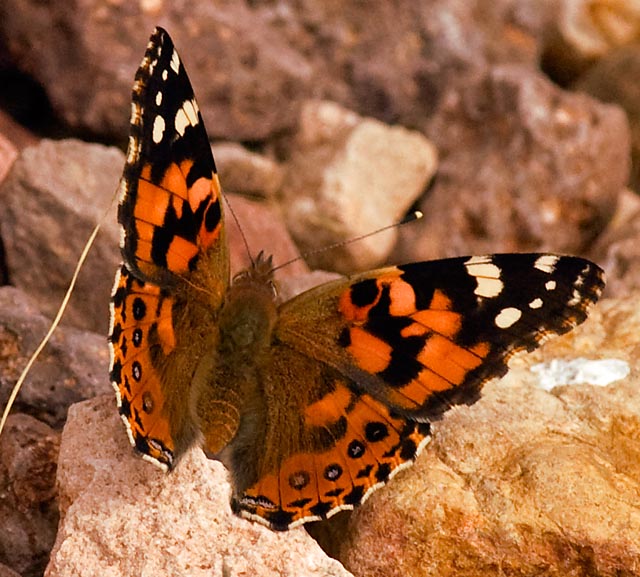
The above looked a lot like an American Lady, but Gil suggests: It does, but it is a close relative, the Painted lady, Vanessa cardui. The Painted lady has smaller "eyespots" on its hindwing and thicker black markings on the forewing, compared with the American lady. The Painted lady is a cosmopolitan species, found over much of the globe. Gil is the master at this, so I'm going with his theory! Davis Mountains, 2008.
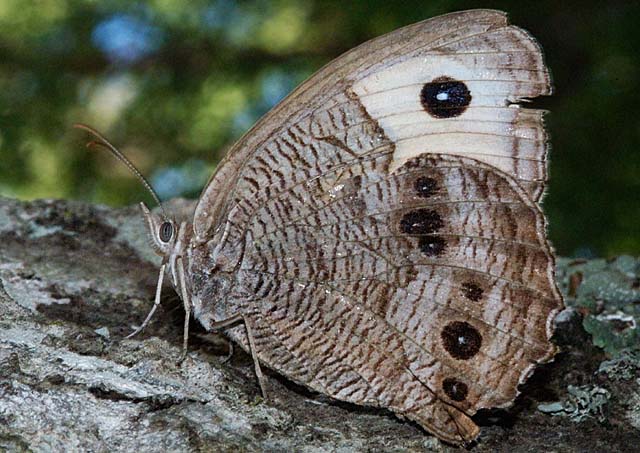
Wimberley, Texas, October 2003
AKA Wood nymph, Large wood nymph, Southern wood nymph, Blue-eyed grayling, Google eye
Note the common wood nymph butterfly picture above shows the spots on the wings. Those look a bit like eyes. Birds will go for the eyes of something they're eating first. Thus, this is a defense mechanism for butterflies, as birds will go for the spots on the wings and not the "real" eyes. This probably explains the V-shaped hole in the upper right part of this butterfly's wings.
Hope you enjoyed looking at the butterfly pictures! These are a challenge to shoot as they seldom stay in one place for long.
Texas Hill Country Pictures Page 2 (More butterflies)


Dragonfly and Damselfly Pictures
Copyright © by Dick Locke. All Rights Reserved.
Contact and Image Use Information